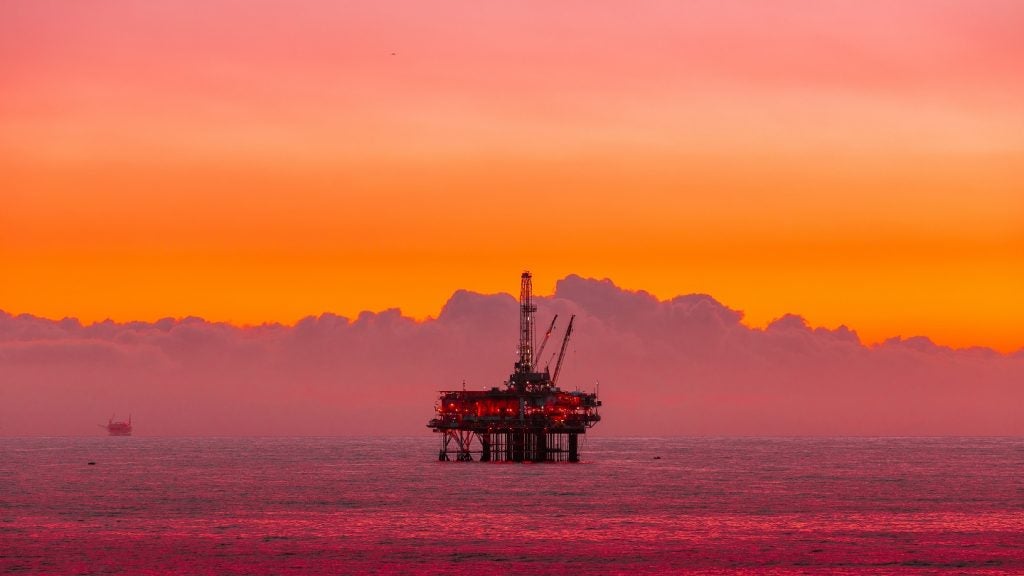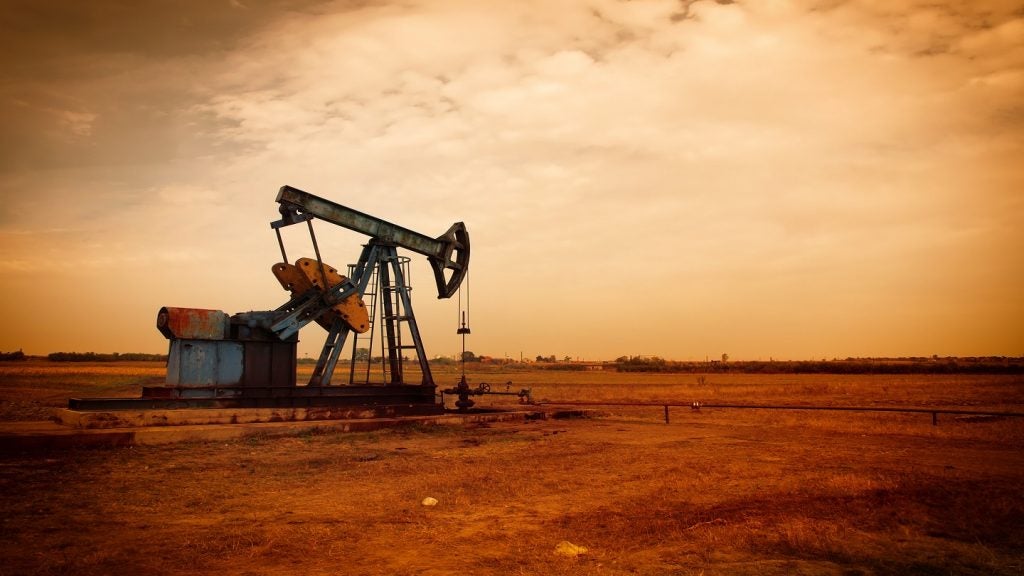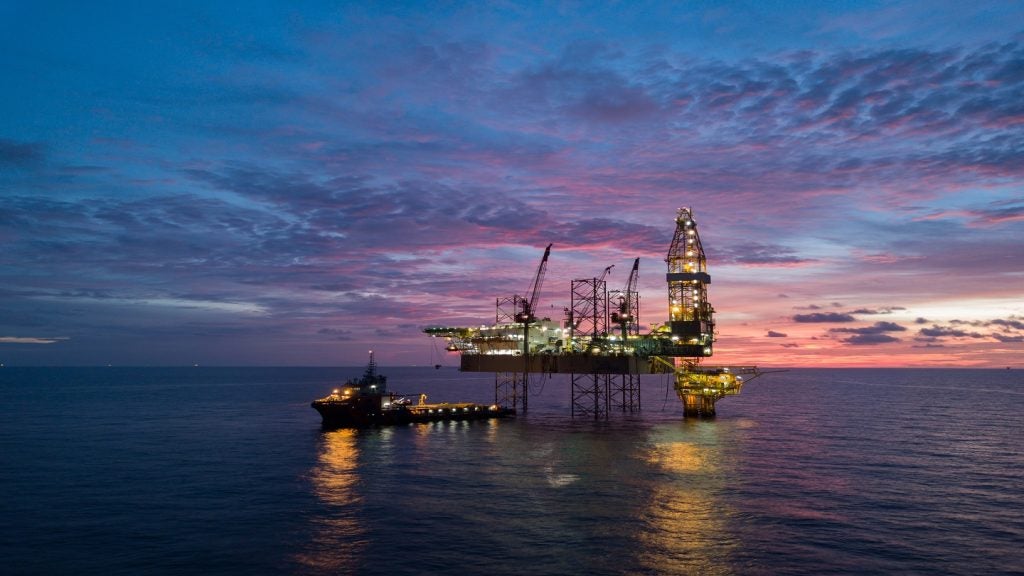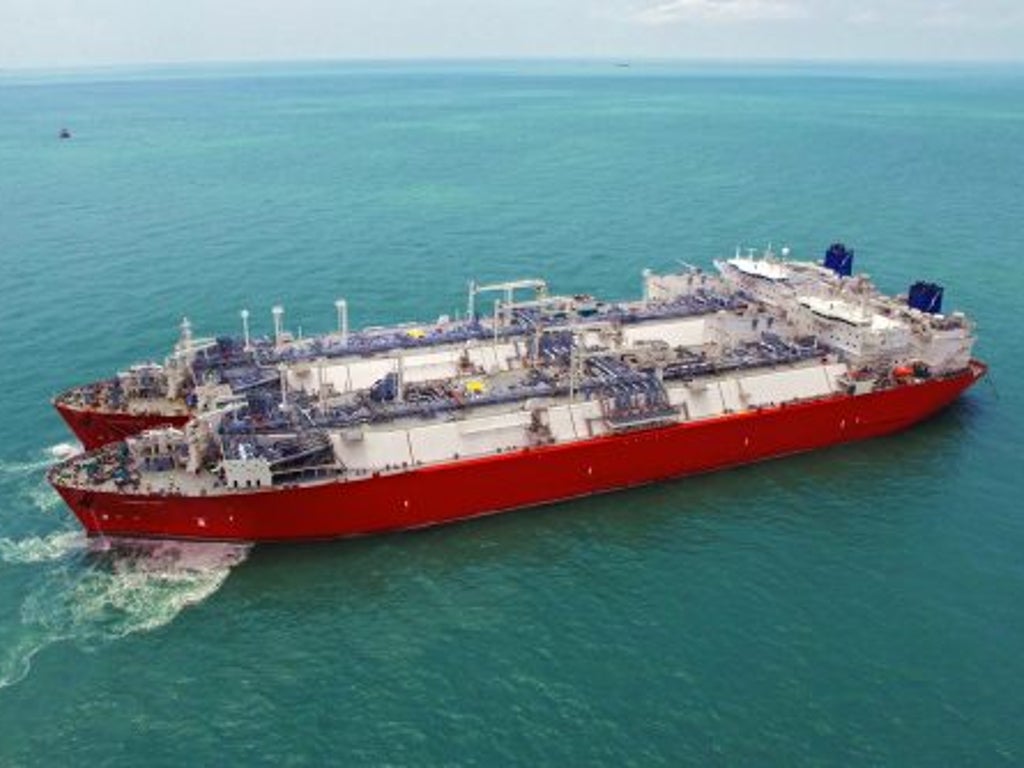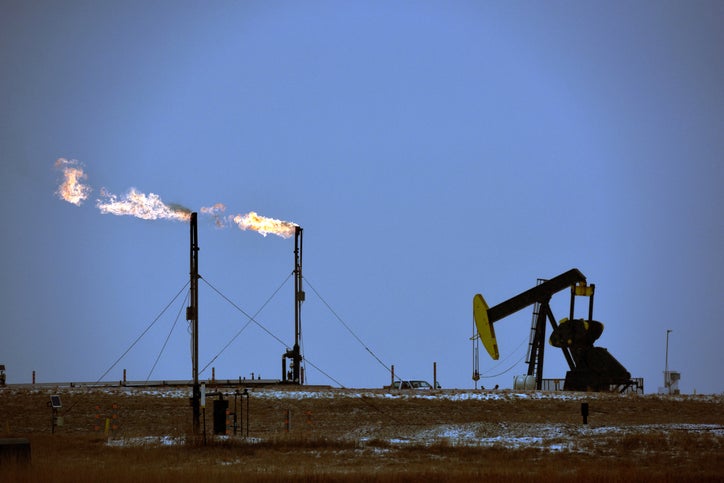
New oil and gas rigs are being auctioned at low prices in the US amid falling grid counts, suggesting that the industry’s peak is over.
Oilfield services company Baker Hughes counted 731 rigs last week, down 17 from the week before, marking the steepest weekly fall since 2016.
According to the US Department of Energy’s own data, the number of oil and gas rigs in operation in the country declined by 4% in the first three months of the year. In December 2022, 780 oil and gas rigs were in operation, compared with 752 in March of this year. In March 2022, the total was 662, suggesting that despite a recent decline numbers remain high.
Texan auctioneer Kruse Asset Management plans to put two unused drilling rigs for auction next week. The rigs, built in 2019, are valued at $40m and $30m. Chief executive Dan Kruse told the Financial Times that “there’s no reason for them to be so cheap, but there’s just no demand”.
Oil and gas production in the US climbed following the Covid-19 pandemic in 2020 with increasing numbers of rigs. The Biden Administration has faced accusations of greenwashing for its categorisation of natural gas as a “low carbon” energy source.
A growing number of private companies have been acquired by richer public companies, leading to pressure to direct excess funds to shareholders.
Recently, New York-listed Matador Resources acquired Permian driller Advance Energy for $1.6bn, adding more than 100 million barrels of oil and natural gas equivalent to its reserves. Additionally, public company Ovintiv bought $4.3bn worth of assets from Encap Investments last month.
Falling energy prices following Russia’s invasion of Ukraine have accentuated a pullback in US drilling. A number of US drillers are planning the construction of new liquefied natural gas export terminals, but no new projects are scheduled to come online until late 2024.
Oil and natural gas production in the US under Biden
In 2022, the US produced 35.81 trillion cubic feet (tcf) of dry natural gas, averaging to 98.11 billion cubic feet per day, the highest annual amount recorded. Additionally, 0.80tcf of offshore natural gas was produced. The US Government estimates that this is around 1.29tcf greater than 2021 levels.
Despite recent falls in rig count numbers, the Biden administration continues to pursue a pro-natural gas policy, despite environmental pledges.
In March, the Biden administration met with criticism from environmentalists after approving ConocoPhillips’ $7bn oil and gas project in Alaska. The Willow project was disputed by local indigenous communities due to its potential impact on the local environment.
In the face of planetary concerns, Ryan Lance, CEO of ConocoPhilips, claims that drilling for new oil and gas in Alaska, “fits within the Biden Administration’s priorities on environmental and social justice, facilitating the energy transition and enhancing our energy security, all while creating good union jobs and providing benefits to Alaska Native communities”.


